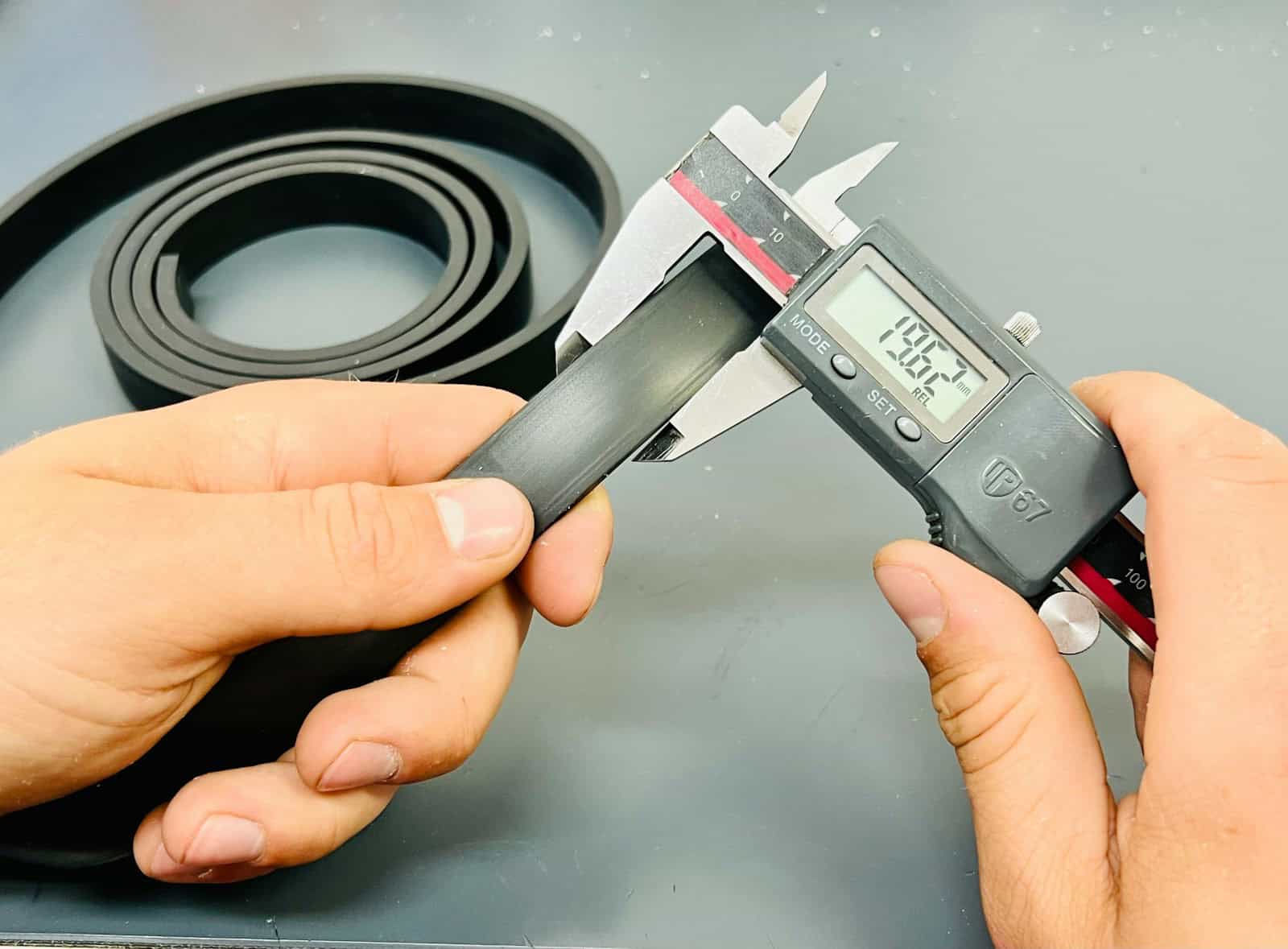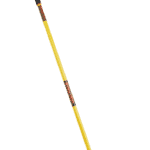A gasket is a mechanical seal used to fill the space between two or more surfaces. It prevents leaks when the surfaces are under compression. Gaskets are usually made from flexible materials like rubber, silicone, or metal. They are crucial in many industries, including automotive and industrial applications.
When two surfaces are bolted or joined together, there are often small gaps that can let fluids or gases escape. Gaskets fill these gaps, ensuring a secure seal. They come in different shapes and sizes, depending on the application. Rubber gaskets might be used in car engines, while metal gaskets could be important in industrial machinery.
In addition to preventing leaks, gaskets also help to distribute pressure evenly across the surfaces. This makes the join stronger and more reliable. Choosing the right gasket for each job can prevent costly repairs and downtime. Knowing about gaskets and their applications can save time and money in the long run.
Types and Materials of Gaskets
Gaskets come in many types and are made from various materials. Each type serves a specific purpose and has unique properties that affect performance and durability.
Material Properties and Selection
The materials used for gaskets vary widely. Common choices include rubber, silicone, metal, PTFE, graphite, and cork.
- Rubber (both natural and synthetic) is flexible and resilient, making it popular for many applications.
- Silicone withstands high temperatures and resists aging.
- Metal gaskets offer high strength and resistance to extreme conditions.
- PTFE (Teflon) is chemically resistant and can handle high temps.
- Graphite is often chosen for its high-temperature tolerance and compressibility.
- Cork and foam are good for lightweight and low-pressure applications.
Selection depends on the needs of the application, like temperature resistance, compressibility, and chemical compatibility.
Common Types and Shapes
There are many types of gaskets, each designed for specific uses. These include O-rings, sheet gaskets, spiral-wound gaskets, kammprofile gaskets, and jacketed gaskets.
- O-rings are circular and fit into grooves to seal connections.
- Sheet gaskets can be cut into various shapes and are made from materials like rubber, cork, or graphite.
- Spiral-wound gaskets combine metals and filler materials spiraled together for flexibility and strength.
- Kammprofile gaskets have a metal core with a soft facing material. They offer good compression and resilience.
- Jacketed gaskets have metal jackets and soft inner materials, suitable for high-pressure and high-temperature applications.
Shapes vary to fit the mating surfaces they seal, from simple round to complex custom designs.
Application and Performance
Gaskets are essential in many systems to prevent leaks and ensure smooth operation. They are used in various industries and applications where sealing and reliability are key.
Sealing Effectiveness and Environmental Conditions
Gaskets are designed to seal joints to stop leaks of liquids or gases. They must be durable enough to handle different temperatures, pressures, and substances like acids or chemicals. The material of a gasket can affect its performance. For example, rubber gaskets excel in vibration damping, which helps reduce wear and tear and maintain effectiveness under stress. Metal gaskets are often used in high-pressure or high-temperature setups because of their strength.
Gaskets also face challenges from the environment, like extreme heat or chemicals. They need to resist these conditions without breaking down. Temperature resistance is crucial since some applications involve very high or very low temperatures. Gaskets must maintain their integrity to prevent leakage in varied conditions.
Design Considerations and Installation
Designing a gasket involves considering the materials and the intended use. Flexibility and compressibility are key factors, especially in high-stress environments. The design must ensure that the gasket fits well and creates a tight seal under compression.
Proper installation is just as important. A poorly installed gasket can cause leaks and system failures. It’s vital to inspect the surface for any irregularities or damages before placing the gasket. Make sure the gasket is aligned properly and apply the right amount of compression. Too much pressure can damage the gasket, while too little can fail to seal the joint.
Using gaskets with the right specifications for the job is crucial. Different materials suit different needs. Rubber is good for general purposes with moderate temperatures and pressures. Metal types are better for more extreme conditions.
Industrial and Automotive Applications
Gaskets have a wide range of uses in many industries. Industrial applications include piping systems, heat exchangers, and machinery. They help maintain pressure and prevent leaks of various fluids and gases. In the petrochemical industry, gaskets need to resist harsh chemicals.
In the automotive industry, gaskets are used in engines and exhaust systems. They ensure no leakage of fuel, oil, or gases, which can affect the vehicle’s performance. Gaskets in cars also handle vibrations and high temperatures, adding to the vehicle’s reliability.
Other areas of use include plumbing, medical equipment, and electrical insulation. Each application demands specific gasket properties for optimal performance. For instance, medical devices need sterile and non-reactive gaskets to ensure safety.
Frequently Asked Questions
Gaskets play a crucial role in sealing and preventing leaks in various mechanical systems. They are made from different materials and are used in many applications. Below, common questions about gaskets are answered.
What are the typical materials used to make gaskets?
Gaskets are often made from rubber, silicone, metal, or composite materials. Rubber offers flexibility while silicone withstands high temperatures. Metal gaskets are used where strength and temperature resistance are needed. Composite materials combine properties of both.
How does one identify a gasket leak?
A gasket leak often shows through fluid or gas escaping from the joint. Changes in pressure or fluid levels might indicate a leak. Additionally, unusual noises or vibration can be signs of a gasket problem.
In what applications are gaskets primarily used?
Gaskets are used in automotive engines, industrial machinery, and household appliances. They are vital in plumbing to prevent leaks. In electronics, gaskets provide seals and reduce vibration.
Can you explain the difference between a gasket and a seal?
A gasket fills the space between two surfaces to prevent leaks. It compresses to form a tight seal. A seal, on the other hand, blocks the passage between moving parts. Both prevent leaks but are used in different contexts.
What is the purpose of a gasket in mechanical assemblies?
In mechanical assemblies, gaskets create a tight seal between different parts. This prevents the escape of liquids or gases, ensuring efficiency and safety. They also help to distribute pressure evenly across the surfaces they join.
What does the term ‘blowing a gasket’ refer to in automotive context?
In cars, ‘blowing a gasket’ means a gasket, usually the head gasket, has failed. This can lead to engine problems, including loss of pressure, overheating, and fluid leaks. It’s a serious issue requiring immediate attention.







